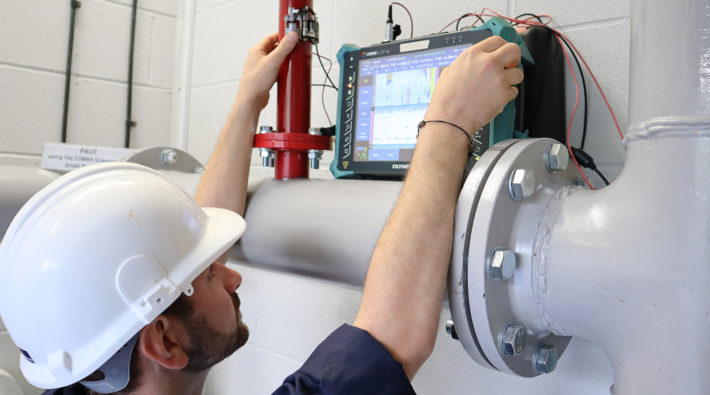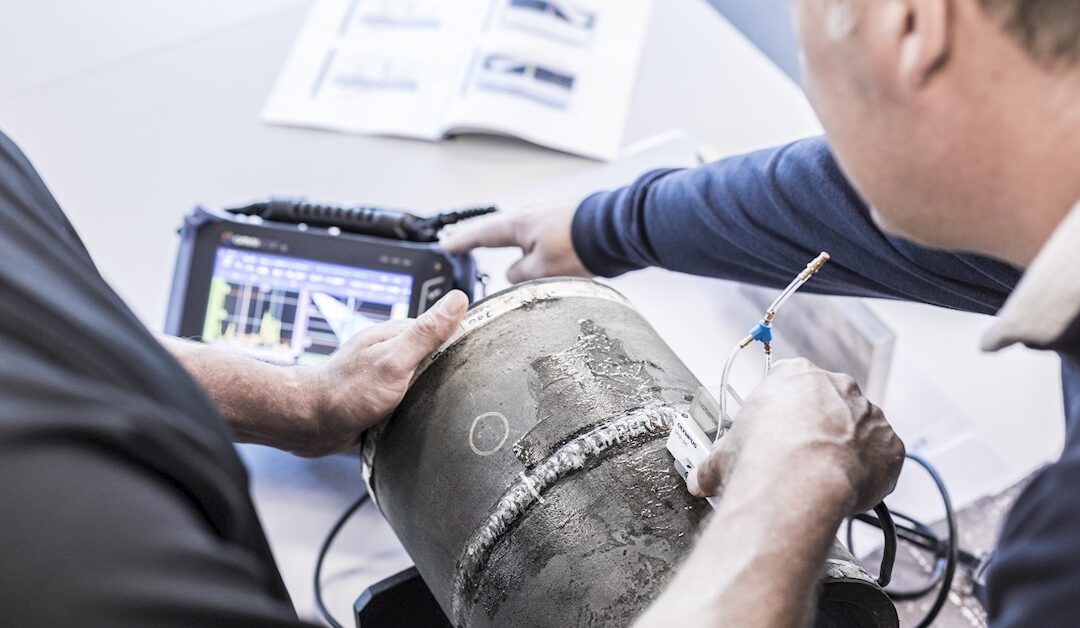The term frequency in inspection tools is a critical aspect of ensuring quality and safety in various industries. Understanding what is frequency in inspection tools helps professionals maintain regular checks and balances, which are essential for consistent performance and reliability. In this article, we will explore how frequency plays a pivotal role in the inspection process, particularly within quality assurance frameworks.

Understanding Frequency in Inspection Tools
Frequency, in the context of inspection tools, refers to how often these tools are used to evaluate and assess the condition or performance of equipment or processes. For industry QA professionals, understanding the frequency of inspections is crucial to maintaining operational efficiency and preventing potential failures.
The Importance of Regular Inspections
Regular inspections are vital for detecting anomalies and ensuring that machinery functions at its optimal level. By establishing a consistent frequency for inspections, businesses can mitigate risks, reduce downtime, and enhance productivity. According to a study by ServiceChannel, setting a standard inspection frequency can significantly improve maintenance outcomes.
Determining the Right Frequency
Determining the right frequency for inspections depends on several factors, including the type of equipment, its usage, and the environment in which it operates. Industry standards often provide guidelines, but customization based on specific needs is common practice among QA professionals.
Factors Influencing Inspection Frequency
Several factors can influence how often inspections should be conducted. These include the critical nature of the equipment, historical data, and manufacturer recommendations. Each factor plays a role in deciding how frequently inspections should be scheduled.
Critical Nature of Equipment
For equipment that is crucial to operations, such as those used in HVAC systems, frequent inspections are necessary to prevent any interruptions in service.
Historical Data
Historical data provides insights into past performance and potential issues. By analyzing this data, industry QA professionals can set an appropriate inspection frequency.
Manufacturer Recommendations
Manufacturers often provide guidelines on inspection frequency based on the expected life cycle and usage of equipment.
Implementing an Effective Inspection Plan
Implementing an effective inspection plan involves scheduling regular checks and documenting findings. This process not only ensures compliance but also helps in tracking performance over time.
Scheduling Inspections
Inspections should be scheduled based on a calculated frequency that considers all influencing factors. This ensures that inspections are neither too frequent to be redundant nor too infrequent to miss potential issues.
Documenting Findings
Documenting findings from each inspection is crucial for maintaining a record of equipment performance. This documentation can help QA professionals make informed decisions about future inspections and maintenance activities.
Benefits of Regular Inspection Frequency
Regular inspections offer numerous benefits, including improved safety, reduced costs, and enhanced reliability. These advantages highlight the importance of establishing a consistent inspection frequency.
Improved Safety
Regular inspections help identify potential hazards before they become serious issues, thereby improving workplace safety.
Reduced Costs
By preventing unexpected breakdowns, regular inspections can lead to significant cost savings in maintenance and repair.
Enhanced Reliability
Consistent inspection frequency ensures that equipment remains reliable and performs at its best.
Challenges in Maintaining Inspection Frequency
Maintaining an effective inspection frequency can be challenging, especially for large organizations with numerous assets. Challenges include resource allocation, scheduling conflicts, and ensuring compliance with standards.
Resource Allocation
Allocating sufficient resources for regular inspections can be difficult, particularly for organizations with limited budgets.
Scheduling Conflicts
Coordinating inspection schedules with operational demands can lead to conflicts that must be managed carefully.
Ensuring Compliance
Ensuring compliance with industry standards and regulations requires meticulous planning and execution.
Using Technology to Enhance Inspection Frequency
Technology plays a pivotal role in enhancing inspection processes. Tools such as automated detection systems and smart analytics can streamline inspection activities and ensure adherence to the desired frequency.
Automated Systems
Automated systems can perform routine inspections without the need for human intervention, ensuring consistent frequency and accuracy.
Smart Analytics
Smart analytics tools analyze data from inspections to provide insights that can help optimize inspection schedules and improve outcomes.
Conclusion
Understanding what is frequency in inspection tools is essential for maintaining high standards of quality and safety in any industry. By establishing a consistent and effective inspection frequency, organizations can enhance their operational efficiency, reduce costs, and ensure compliance with industry standards. Embracing technological advancements can further streamline these processes, making them more efficient and reliable for industry QA professionals.

FAQ
How often should inspection tools be calibrated?
Inspection tools should be calibrated based on the manufacturer’s recommendations and the criticality of the equipment being inspected.
What is the impact of not maintaining inspection frequency?
Failure to maintain a consistent inspection frequency can lead to equipment failures, increased costs, and safety hazards.
How can I determine the right inspection frequency for my equipment?
The right inspection frequency can be determined by considering factors such as equipment usage, historical data, and manufacturer guidelines. Consulting with industry experts can also provide valuable insights.
This article contains affiliate links. We may earn a commission at no extra cost to you.
